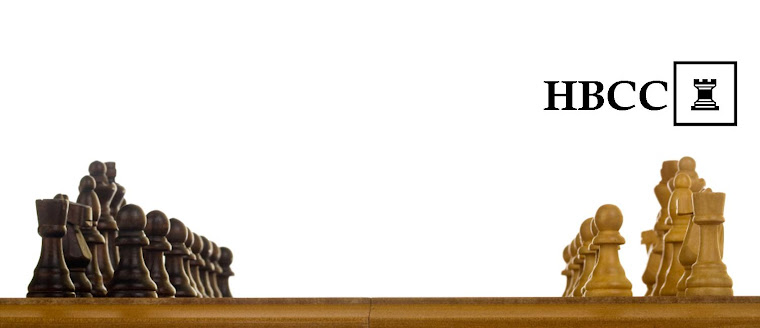 |
| A fat lady... singing (by Brad Fitzpatrick) |
I have found the 45min 45sec option very useful as you have enough time to have a proper game, much as in evening league chess. To those not familiar with increments in time controls, you have 45 minutes to start, with 45 seconds added each move, so the game can easily last more than 2 hours.
US National Master Dan Heisman does weekly videos covering amateur games at this time control which are very interesting. In one of these recently he mentioned how some players, no matter how strong, don’t use this time properly and sometimes start playing like they were playing Blitz chess.
It's also interesting looking at chess etiquette in this format. For instance if you start one of these games, its probably fair to make sure you have the time available to actually play the game! It is not unheard of for some players to start nagging their opponents to make a move! Alas, whilst internet chess is in many ways brilliant, it does bring out the rudeness in some people that in over the board chess is generally hidden, though we do of course all have our stories!
One of the good things about this time control is that it works as very good practice and training for proper matches. There is no reason why you cant have your chess literature spread out around you whilst you are playing, helping you in the opening etc. This allows you to work and study your openings in a way you would not normally be able to do. Of course at some point in the game you are going to have rely on your own skill!
In this game I was playing with the Black pieces against Fabio Samaritani, a Fide Master with one IM Norm, who has been rated 2340. In this country would put him in the top 60 players nationally.”
"So in conclusion I was very pleased with this game. After the first 15 moves or so, when I had been using material available to me, I was on my own, and after a blunder on f5, I was able to fight in the position, defend, create counterplay, and then take advantage of my opponents blunder. My opponent like me, used plenty of time in the middle game, up until the last few moves, when presumably, feeling that the position was won, played far too quickly and allowed me to win. As such I was able to beat someone who would be seen as one of the best players in the UK, while at the same time, learning a lot about this line for the next time I get it over the board."
Many thanks to therealparsnip for this excellent and entertaining game. In this particular case it was less of a fat lady singing and more like a case of "it ain't over 'til the royal lady's pinned!"
If any other readers have taken any notable scalps in the course of their careers and would like to use this blog as an opportunity to share the secrets of their success please feel free to e-mail me your games. New contributions are always welcome.












